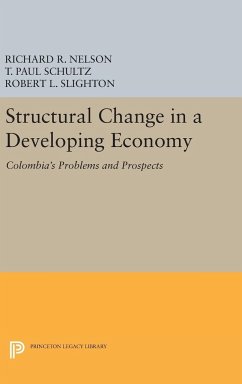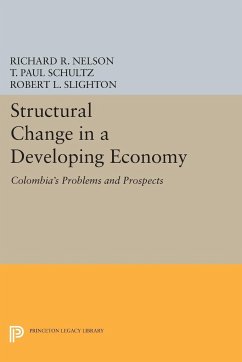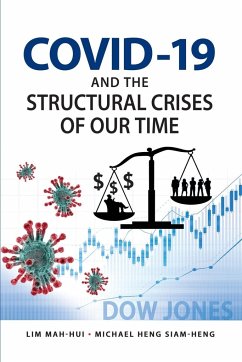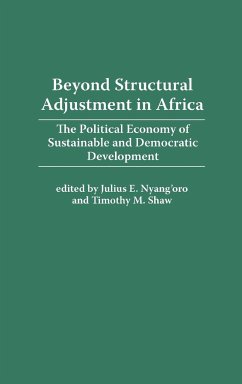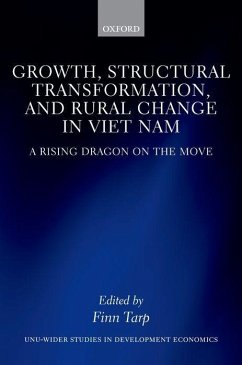
Structural Change in an Urban Industrial Region
The Northeastern Ohio Case
Herausgeber: McKee, David L.; Bennett, Richard E.
Versandkostenfrei!
Versandfertig in 1-2 Wochen
87,99 €
inkl. MwSt.

PAYBACK Punkte
44 °P sammeln!
This anthology concerns the economic and demographic changes that have occurred in northeastern Ohio since 1960, but specifically during the 1970s and 1980s when that region's major industries (rubber, steel, automobiles) experienced severe decline. Sixteen chapters reflect on the reasons for industrial restructuring, the implications for population growth and future employment and investment opportunities, and the role of local, state, and national governments in undertaking policies that generate economic activity. Three themes dominate: the centrality of employment in regional development; ...
This anthology concerns the economic and demographic changes that have occurred in northeastern Ohio since 1960, but specifically during the 1970s and 1980s when that region's major industries (rubber, steel, automobiles) experienced severe decline. Sixteen chapters reflect on the reasons for industrial restructuring, the implications for population growth and future employment and investment opportunities, and the role of local, state, and national governments in undertaking policies that generate economic activity. Three themes dominate: the centrality of employment in regional development; the relation between economic development and product cycles (and thus the need to introduce new economic activities to the region); and the regional, national, and international constraints on local economic-development initiatives. Choice Much has been written concerning the erosion of the industrial base in this particular region and other areas of the country. Drawing heavily upon contributions from nationally recognized experts on urban and regional development as well as input from nanacademic sources, the present volume uses Northeastern Ohio as a case study of older industrial areas suffering from economic repression. Among the topics discussed are the limits of traditional development, fiscal implications of industrial restructuring, and urban adaptibility. Particular cities are also examined in order to pinpoint development problems and to offer alternative paths to local progress.




